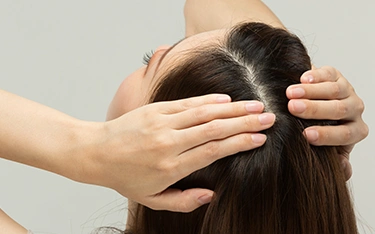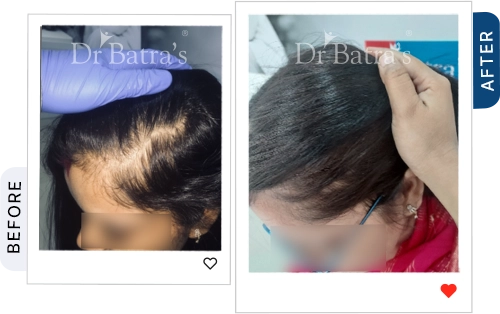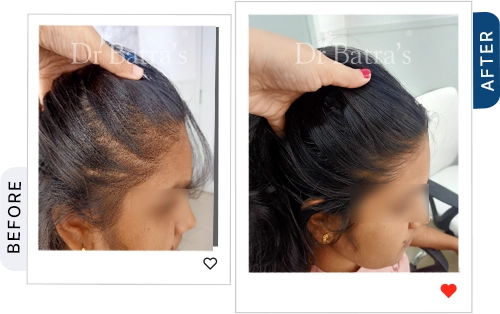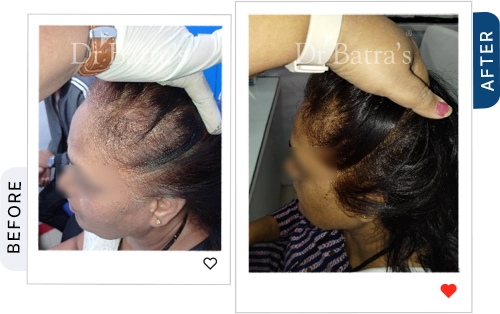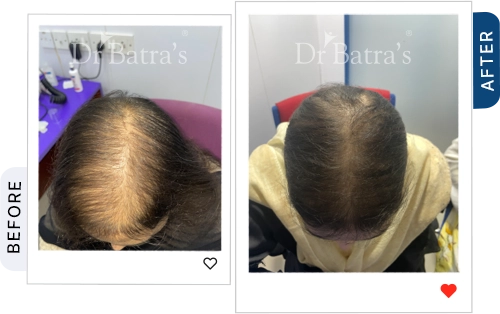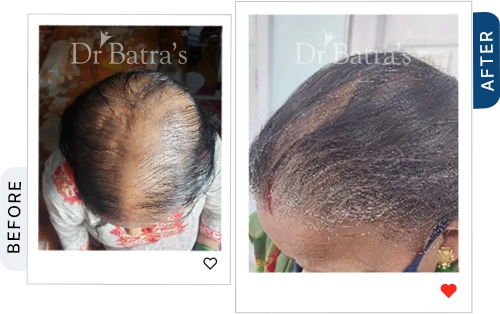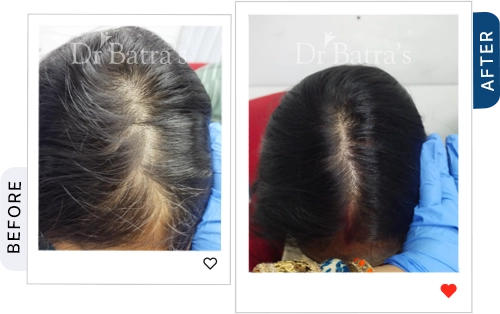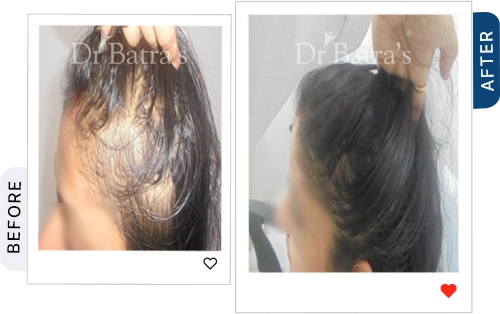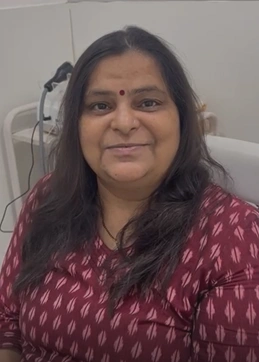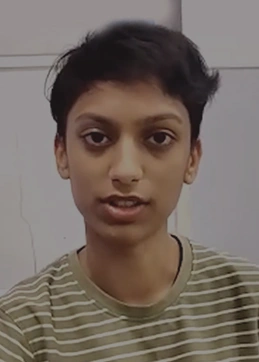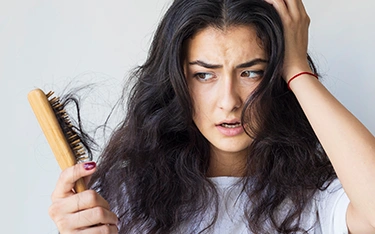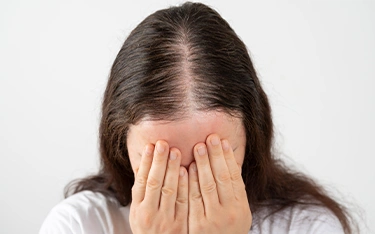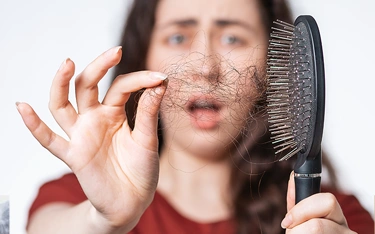FAQs
Why am I balding in my 20s as a female?
Hair thinning in your 20s can result from hormonal imbalances, genetics, nutritional deficiencies, or chronic stress.
How do you treat female pattern baldness in the 20s?
Early intervention with homeopathy, nutritional support, and advanced aesthetic treatments can restore hair health.
Does female pattern baldness go away?
It does not resolve on its own, but proper treatments can slow or reverse hair loss.
Can lifestyle changes prevent female pattern baldness?
Yes! A healthy diet, stress management, and proper scalp care can help reduce hair thinning.
